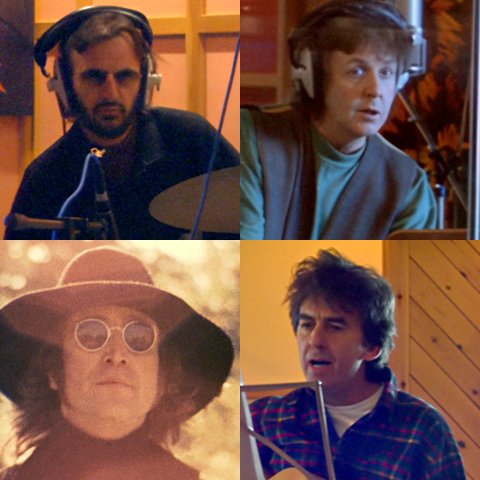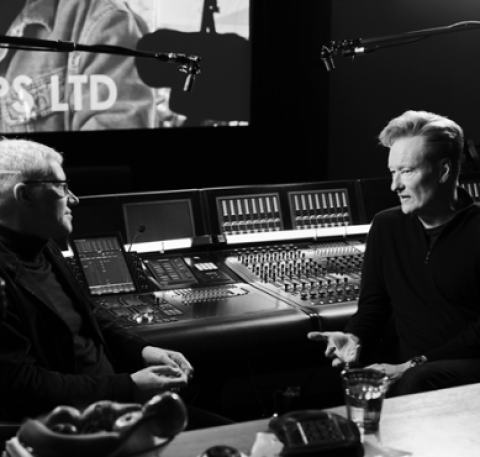News - 29 March 2016
22nd March, 1963 - Please Please Me (Album) Is Released In The UK
The Beatles' Please Please Me album was rush-released by Parlophone on 22nd March, 1963 to capitalise on the enormous success of the title track which had been the group's second single and their first no. 1 in the majority of UK charts. Ten of the album's fourteen tracks were recorded in just one day - 11th February, 1963. These included a mixture of stage favourites and "Lennon-McCartney originals". The four remaining songs had been committed to tape in 1962 having formed the B-side of their debut release and both sides of their second single. A slightly later recording of 'Love Me Do' to that previously released, was selected for the album. This version would also appear on a subsequent EP and later still on an American # 1 single in 1964. The iconic front cover shot was taken at the then headquarters of EMI Limited at 20 Manchester Square in London's West End in early 1963 by Angus McBean. EMI remained in the building until 1995 before moving to West London taking the famous balcony railing with them. Given that the UK album chart in those days tended to be dominated by more 'adult' tastes such as film soundtracks and easy listening vocalists, it was a surprise when Please Please Me hit the top of the chart in May 1963 and remained there for thirty weeks before being replaced by With The Beatles. Please Please Me didn't receive an official US release until 1987 but "Introducing The Beatles" issued early in 1964 on the Vee-Jay label and "The Early Beatles" released by Capitol Records the following year later did contain many of the songs from the British release.
Oh god this is it, a piece of plastic. And this piece of plastic was like gold, you know. You'd sell your soul. You would sell your soul to get on that little record.
We weren't even allowed into the control room, then. It was Us and Them. They had white shirts and ties in the control room, they were grown-ups. In the corridors and back rooms there were guys in full-length lab coats, maintenance men and engineers, and then there was us, the tradesmen. We came in through the tradesman's entrance and were helped by the lower people in the organisation to set up our stuff. (...) We gradually became the workmen who took over the factory. In the end, we had the run of the whole building.
I remember being pretty nervous on most occasions in the recording studio, but very excited; a nervous excitement. It was fantastic to be in Abbey Road.


Share this website